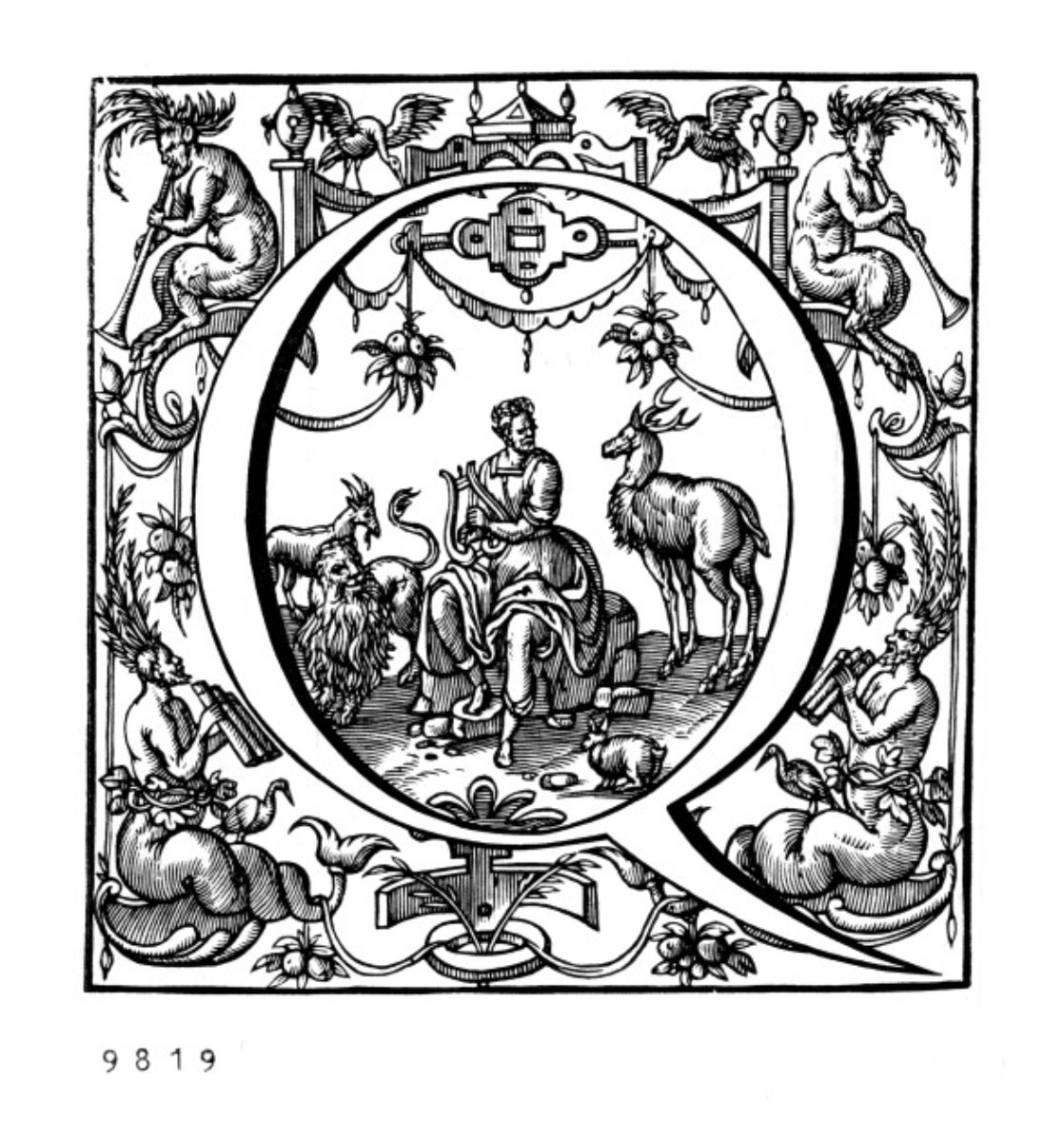
The Sun, Moon and Earth
How the Earth Came to Be
Norbertas Vėlius
This traditional Lithuanian sakmė, or etiological legend, titled "The Sun, the Moon, and the Earth," offers a mythological explanation for the cycle of day and night through a narrative of cosmic family relations. The tale has been preserved and translated from How the Earth Came to Be: Lithuanian Etiological Legends („Kaip atsirado žemė: lietuvių etiologinės sakmės”), a collection compiled by noted Lithuanian folklorist Norbertas Vėlius.
In this narrative, the Sun and the Moon are portrayed as cosmic parents who cherish their daughter, Earth. The harmony of this celestial family is disrupted when a dispute arises over who should have the responsibility of guarding their beloved daughter. The Sun claims exclusive right to this protective role, but the Moon disagrees with this arrangement, leading to a conflict that requires divine intervention.
The matter is brought before Judge Perkūnas, the powerful thunder god in Baltic mythology, who must determine a fair solution. His ruling establishes cosmic order by acknowledging the distinctive qualities of each celestial being: the Sun, embodying maternal warmth, is assigned to watch over Earth during daylight hours, while the Moon, accompanied by his starry sisters, takes responsibility for the night watch. This judgment establishes the alternating cycle of day and night that continues to the present day.
This cosmological myth exemplifies how traditional societies used narrative to explain natural phenomena while simultaneously establishing models for social relationships and conflict resolution. The tale anthropomorphises celestial bodies, making their movements comprehensible through familiar family dynamics, while positioning key natural phenomena within an ordered, purposeful universe.
The narrative reflects the deep connection between Lithuanian mythology and the natural world, illustrating how cosmic order was understood through relational metaphors that created meaningful links between human experience and celestial patterns.
𝌇 READ: "Baltu Religijos ir Mitologijos Šaltiniai", 1996. Comprehensive source collection of Baltic religious and mythological sources from earliest times to end of 15th century; Editor: Norbertas Vėlius. Published by Mokslo ir Enciklopedijų Leidykla, Vilnius. Volume I. Source: Mokslo ir Enciklopedijų Leidykla, Vilnius.
↑ ▢ "The Sun, the Moon, and the Earth", 2024. Illustrative image of celestial bodies for traditional Lithuanian origin myth; Source: NASA, Public Domain.
Copyright: Source materials belong to the public domain sources they originate from. See source site links for full rights and usage details. Materials shared on this site are used in accordance with Public Domain, Creative Commons, Open Access licenses, or applicable Fair Use principles. All rights remain with the original creators.
Copyright: Source materials belong to the public domain sources they originate from. See source site links for full rights and usage details. Materials shared on this site are used in accordance with Public Domain, Creative Commons, Open Access licenses, or applicable Fair Use principles. All rights remain with the original creators.











---Kristi-Fekete.jpeg)





